Art of Politics, Politics of Art, A Series By: Jeanette Joy Harris
In this series, Jeanette Joy Harris looks at how artists around the world are using public and participatory art forms to describe and analyze contemporary politics. With an eye to the intersection of politics and aesthetics, Harris looks to art as a type of political action and a means of understanding ourselves as political animals.
Art can be a challenge to power, or be power’s instrument. Sometimes it can even end up being both. This last is what happened recently in Austria, where a new, right-wing government has adopted the motto of an art movement that formed in Vienna in 1897, precisely in opposition to conservative leadership.
Here’s how things have taken shape. In December 2017, a coalition between the far-right Freedom Party and the more center-right People’s Party, took control of the Austrian parliament. Their win, representative of the increasingly conservative EU political landscape, was based on an anti-immigration platform. Chancellor Sebastian Kurtz has already promised Austrians stricter immigration policies and has recommended the creation of militarily-backed “safe spaces” where immigrants can stay before entering into the EU. This is a strong statement coming from the leader of the country that will hold the European Union Presidency from July to December of this year. [i]
Andrea Mammone, a historian of modern and contemporary Europe at Royal Holloway, University of London, talks about Austria’s new government as “nationalism in action,” providing examples of its ethnically-based politics in an article for Al Jazeera earlier this year.[ii] In 2017, the “Integration Law” was passed, which requires immigrants to read and speak German and forbids Muslim women from wearing a face veil.[iii] With this law as an example, culture seems to be a high priority for the new Austrian government, which has further claimed, in its public agenda, that common heritage “contributes significantly” to national identity. [iv] But the power of nationalism, as a widely-held cultural value in Austria, cannot be evaluated strictly through policy and legislation. Consideration should also be given to the ways in which the government might use cultural institutions to more subtly define and refine what it means to be Austrian.
The new Federal Minister for EU, Art, Culture, and Media, Gernot Blumel, is one person to watch. A member of the People’s Party, Blumel does not have an arts background but has served as the party’s media spokesperson in some capacity since 2013.[v] Blumel says that the ministry “doesn’t want to make political statements with arts and culture, but rather make political agendas that support arts and culture.”[vi] This attitude is reflected in the Ministry’s controversial appropriation of the Secessionist motto: “To every time its art. To art its freedom.” [vii]
Known primarily through the works of Gustav Klimt, the Secessionists were a group of late 19th century artists who left the Kunstlerhaus, Austria’s most prominent artist society, as a retaliation against its newly appointed, ultra-conservative president. Tired of being excluded from exhibitions, they began their own movement. The architect Joseph Maria Olbrich designed the Wiener Secessionsgebäude to showcase their work. The building, one of the finest examples of Art Nouveau architecture, includes the Secessionist motto over the entrance to the pavilion and is seen by millions of people each year.
The motto might to some extent be consistent with the development of a new government and cultural policy for Austria, but the irony cannot be overlooked. There are already grave concerns in the art world about what will unfold in the Ministry over the next year and it is almost certain that many artists, in the style of the Secessionists, will protest.
In response to the use of the motto, the Secessionists, still functioning as an institution in Vienna, issued a statement. Though not directly attacking the government, they indicated that the policy of art, and their institution specifically, is not to “buttress” a national collective identity.[viii]
The new right-wing administration’s agenda, which links culture with national identity, is problematic not only for the functionality of existing arts organizations but also for the visibility of the Ministry.
Though Blumel does not want the Ministry to directly link culture and politics, grant offering bodies will most certainly be comprised of (or influenced by) the majority government’s nationalistic sentiment. Contemporary non-profits like MAUVE and Pina have already been alerted to funding freezes. Although such freezes are not unusual during changes of administration, there is speculation by Pina co-founder Bruno Mokross that “cultural funding will most likely not be cut but redistributed to the countryside and towards more localist, nationalist, and traditionalist institutions and away from small-scale, subcultural projects.” While this could provide additional opportunities for organizations in areas that are not currently being served, like the rural areas where many of the coalition’s supporters reside, collectives like MAUVE and Pina, both based in Vienna, are sure to be affected if monies are spread in the manner suggested by Mokross.[ix]
Most problematic of all, however, is the extent to which the new ministry evokes memories of past right-wing involvement in the arts, particularly since the first president of the Freedom Party was an SS officer. Though Blumel is a member of the more moderate People’s Party, it has yet to be seen how nationalism will shape his policies. In the 1930’s, under the fist of the National Socialist film studio Reichsfilmkammer (RFK), great German producers like Eric Pommer (Blue Angel), directors like Fritz Lang (Metropolis), and actresses like Marlene Dietrich, fled to find opportunities elsewhere while propagandist film directors like Leni Riefenstahl flourished. It is perhaps unlikely that the new ministry will behave in just the same way as RFK, with the redistribution of funds causing the sorts of shifts in the content and demographics of the Austrian art world that occurred in the German film industry some 80 years ago, but surely there will be changes, and how will those changes look, now that things are swinging back somewhat in the other direction? The art world will most certainly be watching to see how this right-wing government implements a campaign-consistent cultural program within an existing, pluralistic contemporary art scene.
As Austria continues to form its government, all eyes will be on the link between nationalism and immigration and the related view of a uniquely Austrian identity. In addition to policies like the integration laws, the opportunities for people to perform their identity creatively under the ministry will be an alternate way to evaluate if, as the Secessionists say, art really is freedom.
Jeanette Joy Harris is a Houston-based artist, writer, curator and speaker interested in the intersection of performance and political dialogue. Joy completed her MscR in history of art at University of Edinburgh College of Art and a BA in government, with a minor in philosophy, from Texas Woman’s University. She has presented papers at University of Cambridge, University of Brighton, and University of Edinburgh. She regularly guest lectures at Texas Woman’s University and University of North Texas. Joy has shown work in London, the Netherlands, Venice (IT), Brindisi (IT), Los Angeles, San Francisco, Portland, Miami, Chicago, and Houston. She will be presenting a paper on Spencer Tunick and Hannah Arendt’s idea of political isolation at the 2018 Hannah Arendt Circle.
Jeanettejoyharris.me Instagram: @jeanette_joy_harris
Image: Klimt’s “Beethoven Frieze” inside the the Secession Building, Vienna (Wiener Secessionsgebäude).
[i] http://www.aljazeera.com/indepth/opinion/revival-central-europe-180103135901606.html
[ii] http://www.aljazeera.com/indepth/opinion/revival-central-europe-180103135901606.html
[iii] https://www.gatestoneinstitute.org/11104/austria-integration-law-burqa
[iv] https://news.artnet.com/art-world/vienna-museum-takes-a-stand-as-austrias-new-right-wing-government-quotes-its-motto-1187462
[v] https://www.federal-chancellery.gv.at/curriculum-vitae-gernot-bluemel
[vi] https://news.artnet.com/art-world/austria-right-wing-government-funding-cuts-1202801
[vii] https://news.artnet.com/art-world/vienna-museum-takes-a-stand-as-austrias-new-right-wing-government-quotes-its-motto-1187462
[viii] https://www.secession.at/wp-content/uploads/2017/12/Secession-Statement-Freiheit-der-Kunst-20.12.17.pdf
[ix] https://news.artnet.com/art-world/austria-right-wing-government-funding-cuts-1202801
Other Sources
https://www.theviennasecession.com/vienna-secession/
https://www.thenation.com/article/the-far-right-is-now-in-power-in-austria/
https://en.wikipedia.org/wiki/Austrian_People%27s_Party

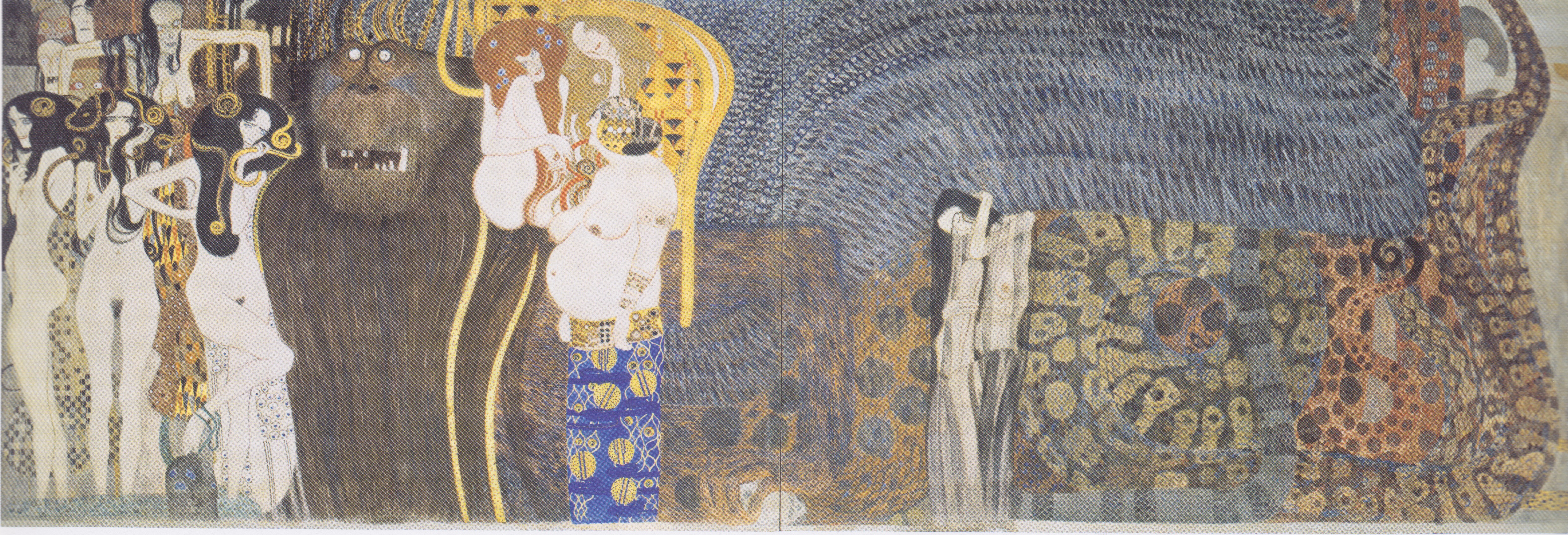

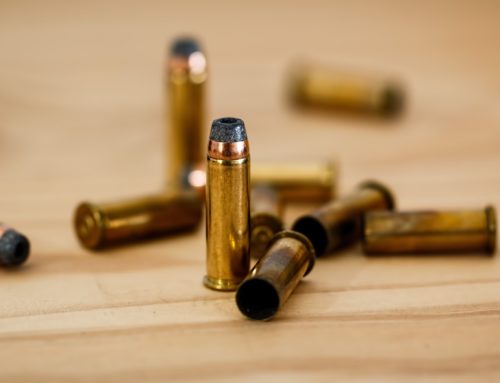
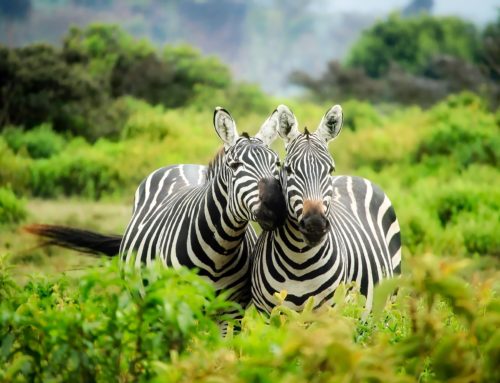

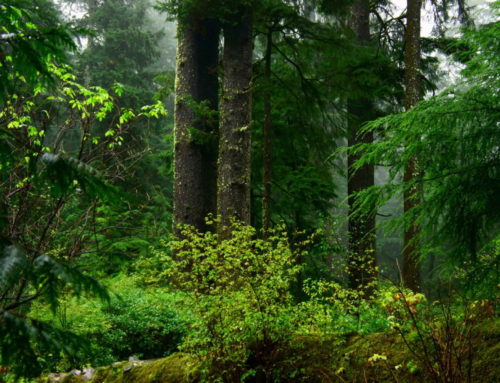
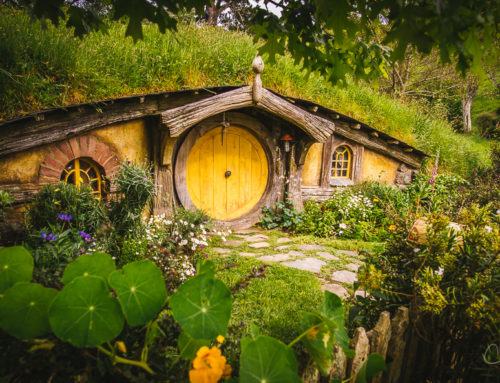
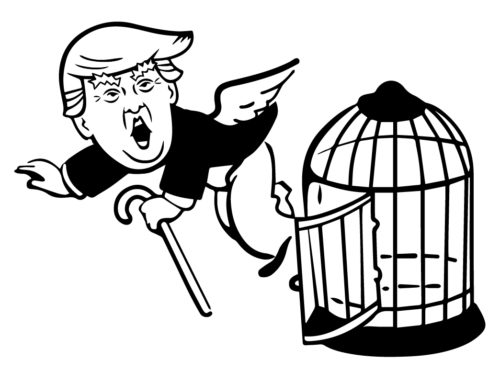
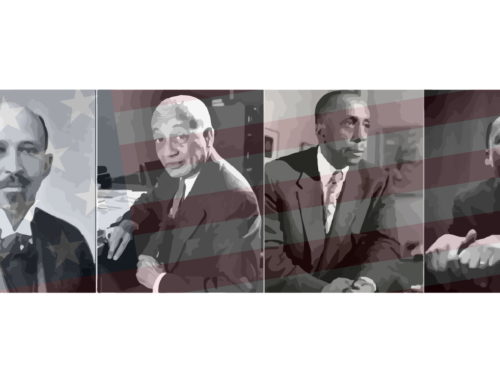
Leave A Comment